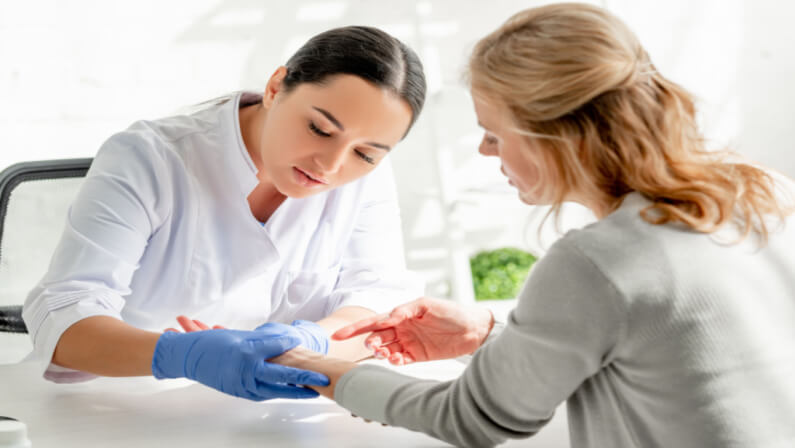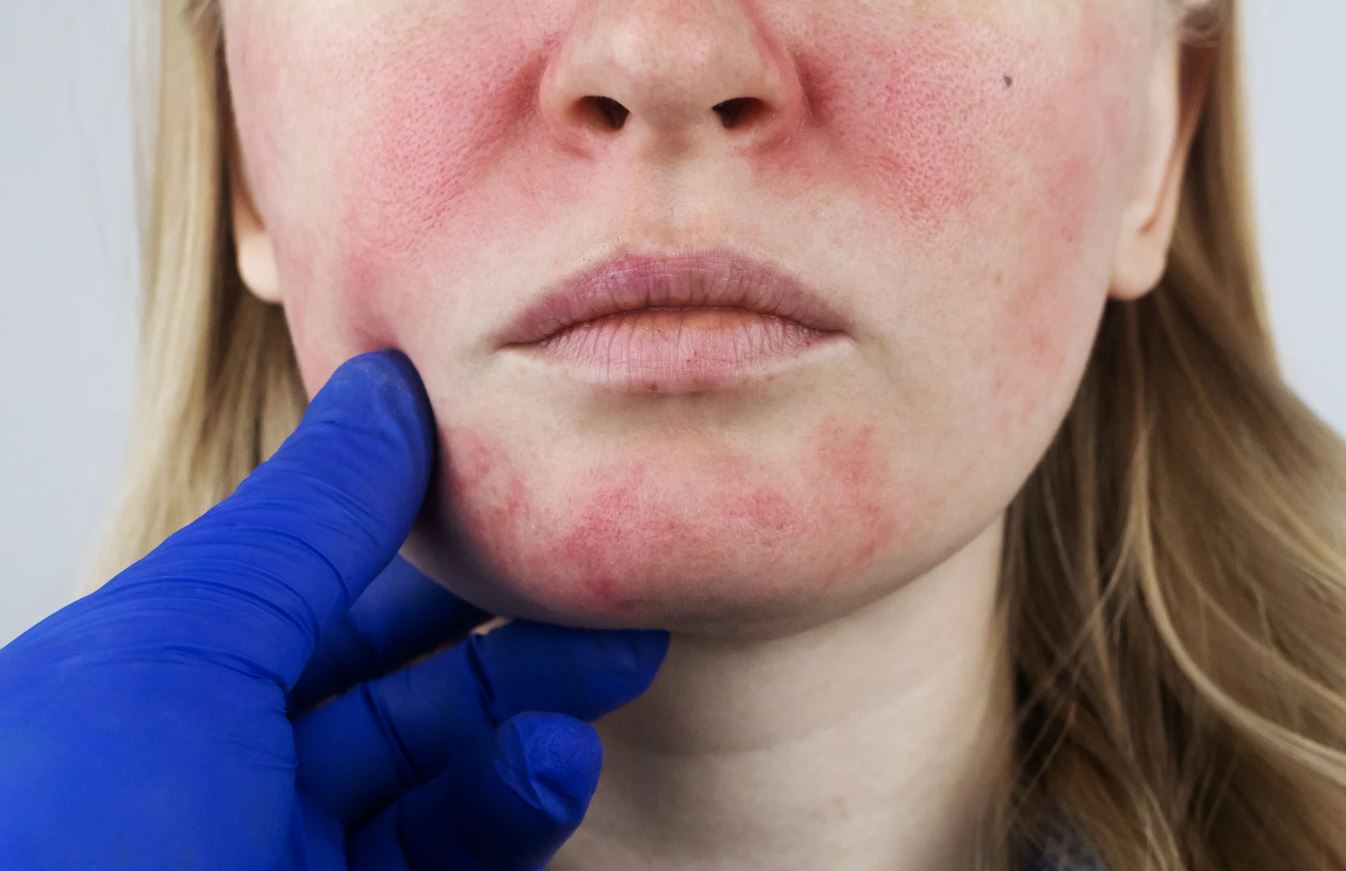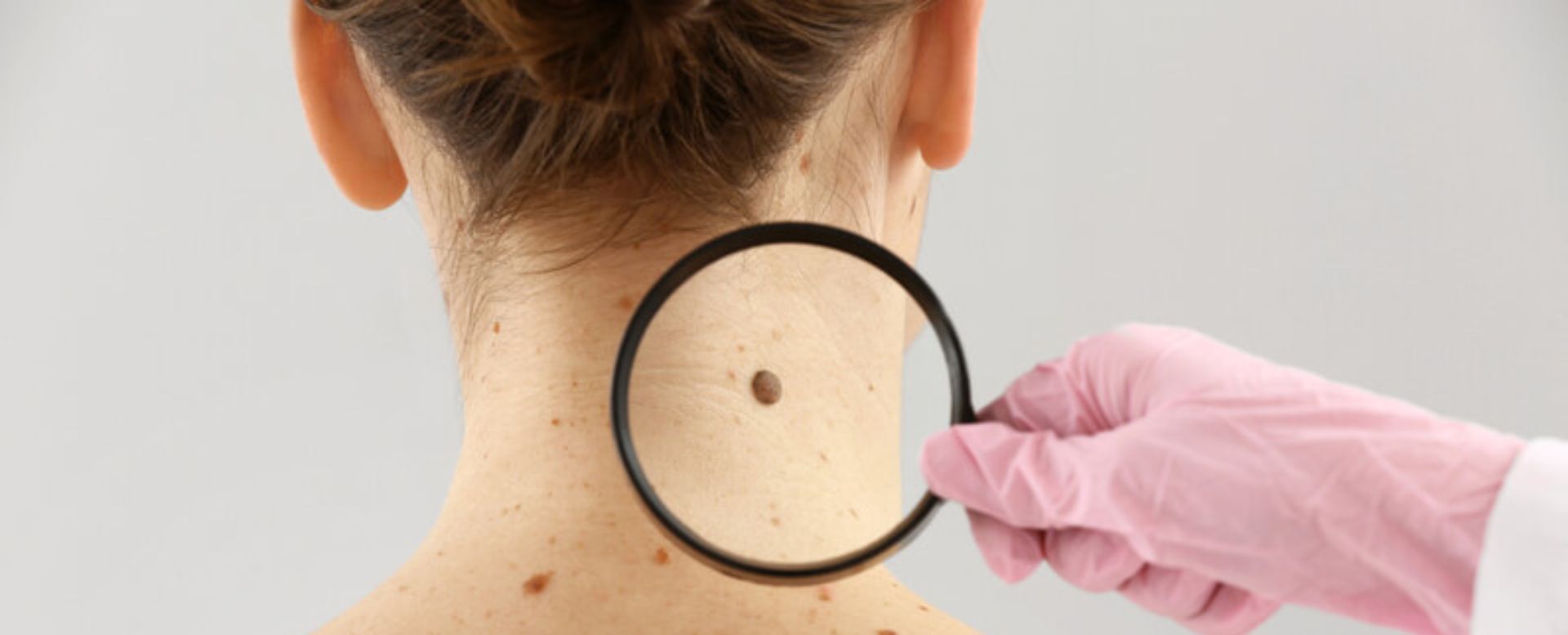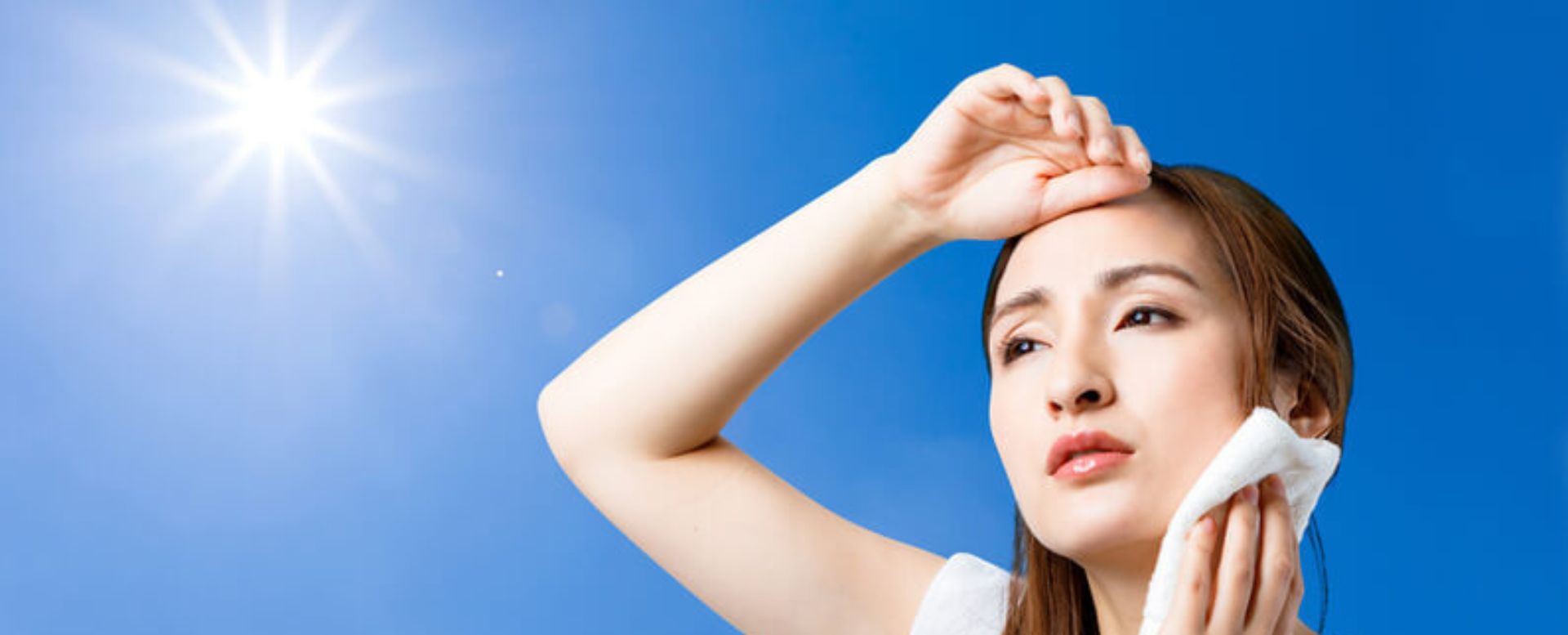Cherry angiomas are small, benign growths that appear on the skin. They can show up almost anywhere, but they most often appear on the face, arms, and legs. While cherry angiomas are generally harmless and don’t need treatment, having them removed for cosmetic reasons is possible.
Read on to learn more about what these little red bumps are and how you can remove them from your body if necessary.
What is cherry angioma?
Cherry angioma is a benign tumor that can form on the surface of the eye. It develops from the fatty material that lines the inside of blood vessels. It is most commonly found on the forehead, nose, cheeks, or chin.
Cherry angiomas are most common in people over 50, but can also occur in younger people. They are usually painless, but they can occasionally cause vision problems. They are treated with surgery or radiation therapy.
What causes cherry angiomas?
There is no known cause for cherry angiomas, but they may be associated with certain health problems, lifestyle, or environmental factors such as:
- exposure to sunlight
- Genetics
- Smoking
- Drinking alcohol
- Being overweight or obese
Cherry angioma symptoms

A cherry angioma is a type of benign tumor that is found on the surface of the skin.
Here are signs you may have one:
- Cherry angiomas are usually red and may be raised or flat.
- They can often be felt by touching
- May cause mild irritation.
Note that cherry angiomas are not associated with any serious health problems and will rarely cause symptoms.
Are cherry angiomas dangerous?
There is no evidence to suggest that cherry angiomas are dangerous, but they may occasionally cause minor irritation or inflammation. If you have a cherry angioma, it is important to see a doctor to make sure it is not causing any problems and to get instructions on how to treat it if it is.
What is the difference between cherry angiomas and cherry hemangiomas?

Cherry angiomas are benign tumors, typically found on the upper lip, that can range in size from a pea to a grape. Cherry hemangiomas, on the other hand, are malignant tumors that most commonly occur on the back of the hand or arm and are typically larger than cherry angiomas.
Cherry hemangiomas may also occur on other parts of the body, such as the chest or neck. The most common cause of cherry hemangioma is genetic susceptibility, but it can also be caused by sun exposure, certain medications (such as radiation therapy), and HPV infection.
Who is most likely to get cherry angioma
Cherry angiomas are slightly more common in men than women and tend to occur in people aged 50 to 70. The reason for this is not entirely clear but girls are usually less likely to develop cherry angiomas.
They are more common in Caucasians than black people and are slightly more common in people with blue eyes.
Cherry angioma risk factors
You are more likely to develop cherry angiomas if you:
- Have a family history of cancer, especially skin cancer or liver cancer. This means that at least one of your parents or other relatives has been diagnosed with cancer.
- Have had radiation therapy for other conditions such as acne, psoriasis, or lymphoma (cancer in the lymph nodes). Radiation therapy uses x-rays to kill off cells that are growing too fast or in an unhealthy way. This can cause some types of skin cells to grow faster than normal and form blood vessels on the surface layer of the skin where they shouldn’t be—which is why it’s called cherry angioma (as well as “cherry hemangioma”).
- Have had chemotherapy for other conditions such as leukemia or lymphoma (cancer in the lymph nodes). Chemo destroys fast-growing cells like normal hair follicles so they don’t keep growing back after being shaved off during treatment; however, sometimes this process also ends up damaging nearby blood vessels which result in them growing abnormally large instead!
How are cherry angiomas diagnosed?
Cherry angiomas are detected by doctors through a physical exam and can be diagnosed using imaging techniques such as an MRI.
How to get rid of cherry angiomas
There are a few different procedures for cherry angioma removal as follows:
Electrocauterization

Electrocauterization is a surgical procedure in which a small metal instrument called an electrocautery pen is used to destroy tissue. This device delivers high-voltage, low-current electricity directly to the skin and underlying tissues. With this method, cherry angiomas can be safely treated without leaving any scars.
The procedure lasts for about 15 minutes and is performed under local anesthesia with sedation or general anesthesia. Sometimes patients may require additional treatment if their angiomas return after treatment with electrocauterization.
Cryosurgery
Cryosurgery is a simple and painless cherry angioma treatment procedure done by freezing the tumor. A probe, which looks like a small pen, is inserted into the skin over the cherry angioma. Liquid nitrogen is then used to freeze and kill the blood vessels around the tumor.
The cherry angioma usually shrinks after this treatment and can be removed in just one visit. However, it may grow back after treatment so follow-up visits are needed to check for the continued growth of your cherry angiomas and monitor any changes in their appearance or size over time.
Laser surgery

Laser surgery is the most common method of removing cherry angiomas, and can be used to remove cherry angiomas on the face, neck, and scalp.
The procedure is quick and painless. You will need to go to your dermatologist or vascular surgeon’s office for treatment. Your provider will numb the affected area with an anesthetic cream or gel before using a laser to remove it. This can take up to 20 minutes per section treated so you may need multiple sessions over time depending upon how many angiomas there are on your body.
Shave excision
Shave excision is a surgical procedure for removing cherry angiomas.
With this method, the doctor will use a scalpel to shave off the top layer of skin and remove the cherry angioma from below. It can be done in a doctor’s office or clinic, but it may also be performed under local anesthetic or general anesthesia in a hospital or medical office.
Shave excisions should only be performed by experienced dermatologists who have had special training in performing this type of procedure on cherry angiomas in patients with darker skin tones (as there is a greater risk for scarring).
How to prevent cherry angiomas
Cherry angiomas can be difficult to diagnose and may not always grow or spread.
But you can protect yourself from them by following these tips:
- Keep your skin healthy: Eat a balanced diet and avoid smoking, sun exposure, and excessive drinking. Your skin needs plenty of Vitamin A and other essential nutrients to stay healthy.
- Get regular checkups: Check for cherry angiomas regularly with your doctor. If you find one early, it can usually be treated without surgery or chemotherapy.
- Use sunscreen: Apply sunscreen every day when you’re outside for long periods of time, including during summer months when the sun is strongest.
Seek an Expert’s Help

If you have a cherry angioma, it’s important to know that there are treatments for them. You can use different methods depending on whether your cherry angioma is on the face or body.
You may also want to talk with your doctor about whether any of these treatments might be appropriate for you before deciding which one works best! If you are in Texas, don’t hesitate to contact Skin Cancer Specialist. We have locations in Sugar Land, Conroe, Katy, and Memorial, TX.





